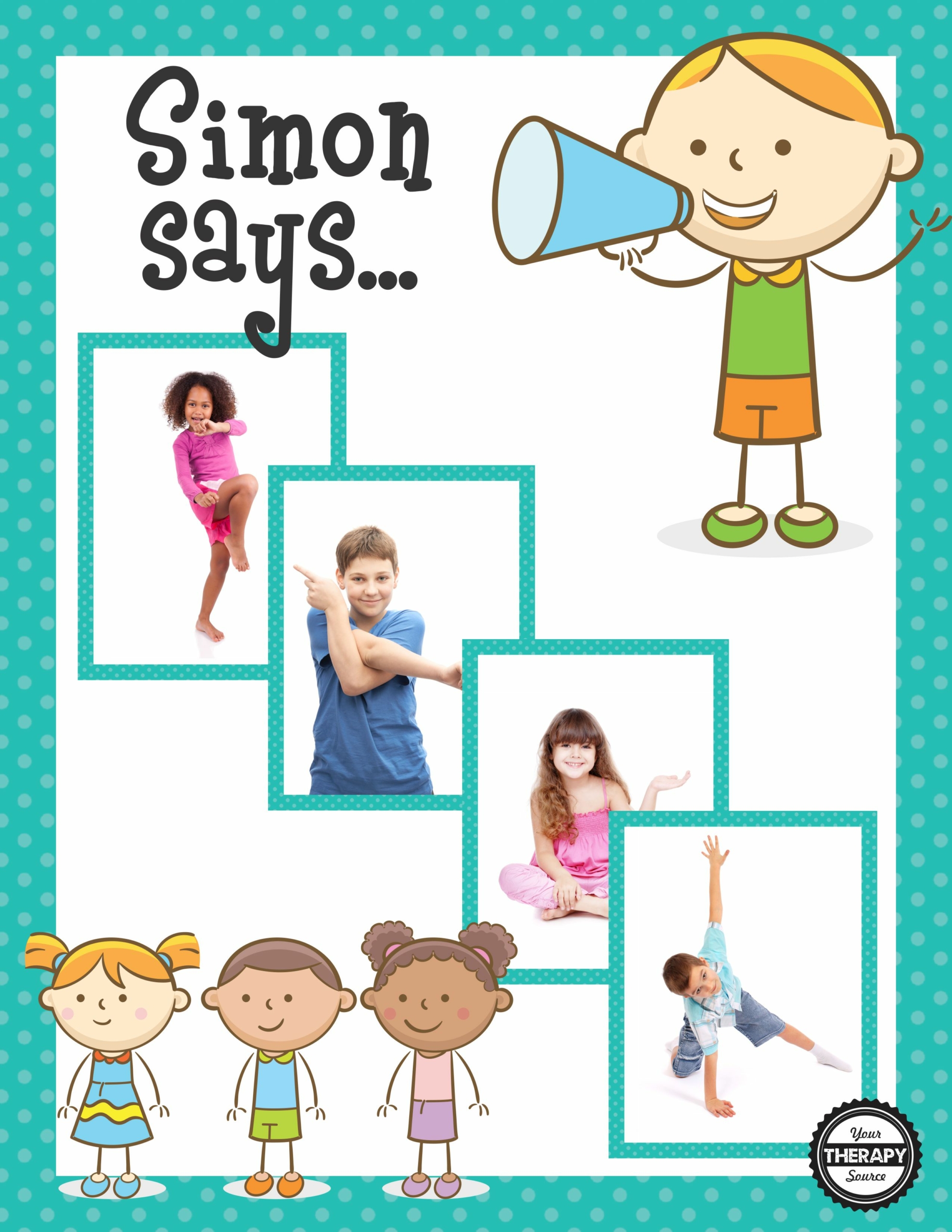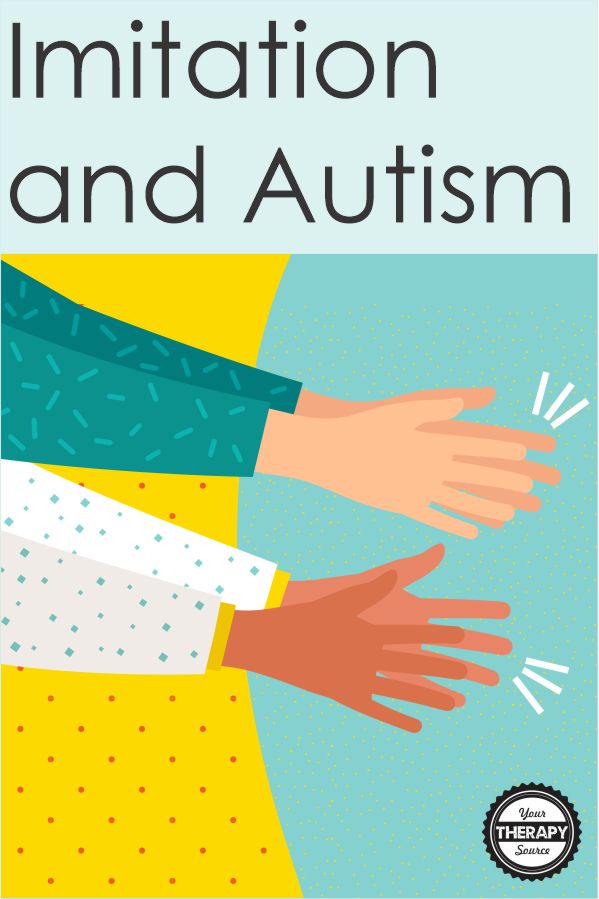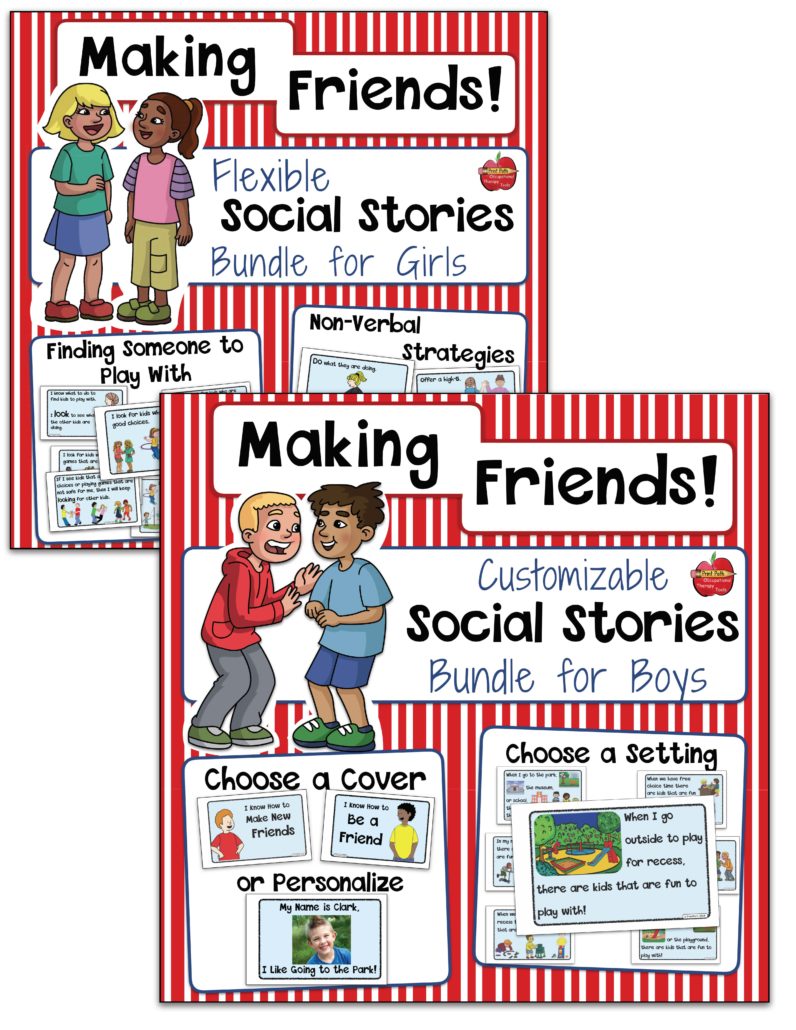Observation, Imitation, and Autism

A recent research study looked closely at action observation, imitation, and autism. The study wanted to explore how neurologically, motor impairments contribute to the deficits and unique neural signatures of children with autism spectrum disorders (ASD).
Precognitive embodied simulation is the ability to understand other people’s actions and intentions and implicitly map other’s actions onto one’s own motor representations, and then pre‐cognitively “simulate” others. Previous research indicates that a disruption in precognitive embodied simulation may be related to the social deficits observed in autism spectrum disorder.
Methodology of the Study on Observation, Imitation and Autism
All participants in the study were evaluated using behavioral assessments within 2 weeks prior to their scan date. Using functional MRI, the researchers compared 30 children with ASD to children with 23 Developmental Coordination Disorder as well as 33 typically developing children during tasks where the children observed, imitated, and mentalized other people’s actions.
Each task used video or still photos from three categories: emotional face actions, non-emotional face actions, and bimanual hand actions. The four tasks that were completed were:
- action observation – passively observed the actions.
- execution – execute the action when cued for the entire duration of the stimulus presentation.
- imitation – imitate the emotional facial expressions, non-emotional facial expressions and hand actions
- mentalizing – silently think about why the actor was performing the emotional face, non-emotional face, and hand action presented.

Simon Says
Results
The results of the study on observation, imitation and autism indicated the following:
- a unique neural signature in ASD: during action observation, only the ASD group shows less brain activation in a region that is important for simulation (inferior frontal gyrus, pars opercularis).
- during a motor production task (imitation), there is less brain activation in the inferior frontal gyrus, pars opercularis region of the brain for both ASD and DCD groups.
- for all tasks, there were correlations across groups with motor ability, even after controlling for age, IQ, and social impairment.
- across all groups, mentalizing ability was correlated with activity in the dorsomedial prefrontal cortex area of the brain when controlling for motor ability.
The inferior frontal gyrus, pars opercularis is located in the brain’s frontal lobe. It functions as a link between processing visual observations of the movements of others and the automatic ability to “embody,” or mentally map, observed movements upon one’s own body schema.
The researchers concluded that children with ASD show a unique profile of less activation in brain regions that support precognitive motor simulation, which in turn interacts with motor skills and may be generalized to a variety of action stimuli. This study also helps to identify that some of the social characteristics unique to ASD have an underlying relationship within the brain’s motor circuits.
Reference: Kilroy, E., Harrison, L., Butera, C., Jayashankar, A., Cermak, S., Kaplan, J., … & Aziz‐Zadeh, L. (2020). Unique deficit in embodied simulation in autism: An fMRI study comparing autism and developmental coordination disorder. Human Brain Mapping.
More Information on Children with Autism
Delayed Motor Skills and Autism
Social Skills, Motor Skills and Autism
The Making Friends Social Stories for Girls And/Or Boys digital download offers help for one of the most distressing problems that our students and children face which is the inability to make and maintain friendships. So often what happens between children is out of our direct view and we only hear about what is happening when there are problems. Created by school-based Occupational Therapist, Thia Triggs, the Making Friends Social Stories for Girls And/Or Boys digital resource gives us concrete skills to teach to children, the context to practice skills, and positive language and illustrations so children feel successful at every step of the way. Clear, consistent visual expectations, previously rehearsed scenarios, and specific accommodations help children easily make friends! Designed specifically for students on the spectrum, as well as for children with ADHD, anxiety disorder, and intellectual challenges, this product also has applications for the shy or new child within a given setting.




